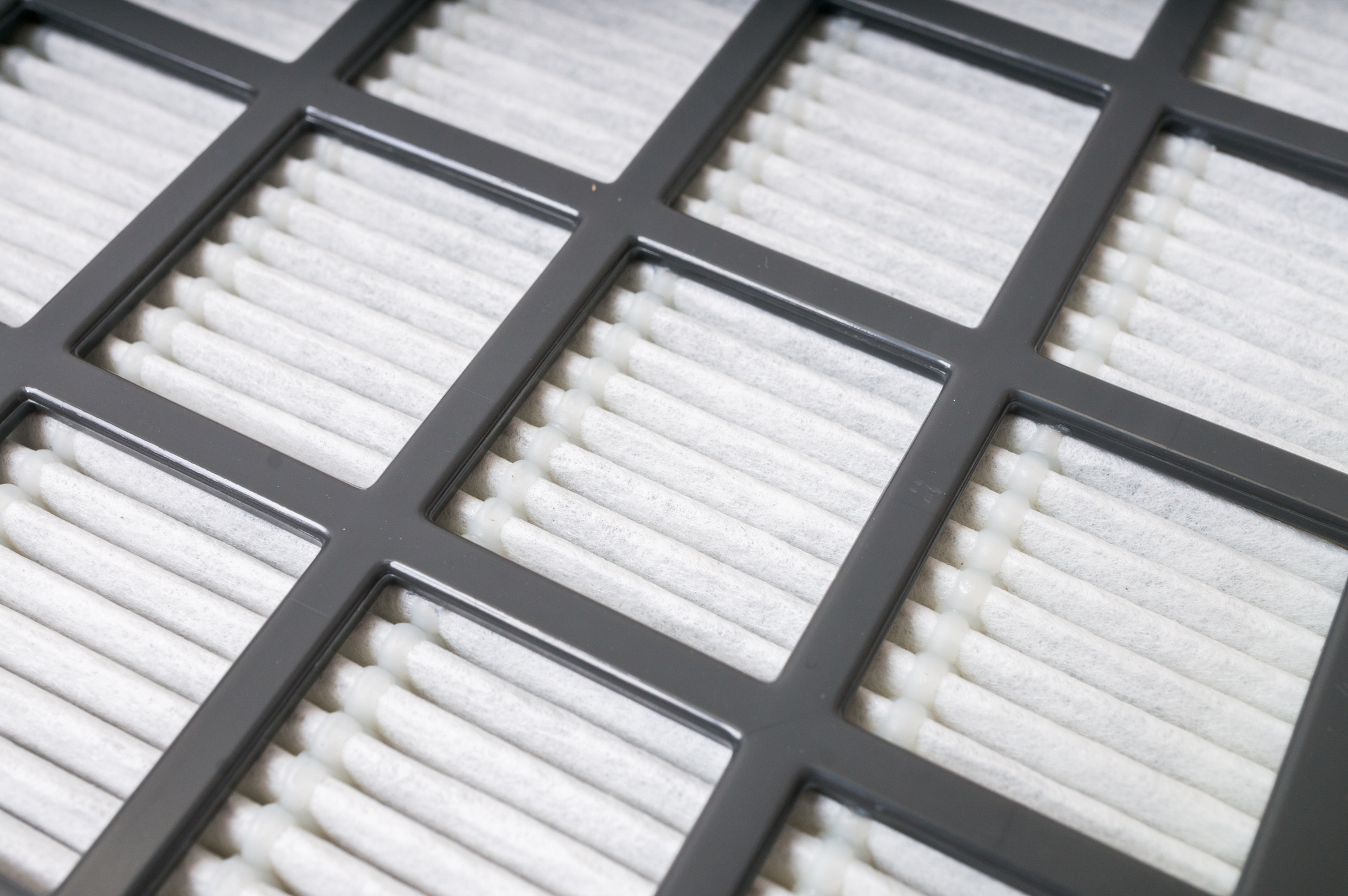As the leaves change color and the weather gets crisp, nothing says fall like filling your home with the smells of rosemary, peppermint, or pumpkin pie. Hold on a minute, though. Air fresheners are bad for your IAQ. Fortunately, with a few simple ingredients, you can retain your autumn aromas by making your own, all-natural fall candles that are decorative and great-smelling — but also safe.
Air Fresheners and VOCs
Most commercial air fresheners contain Volatile Organic Compounds (VOC). These harmful gases can be found in everything from paints and solvents to pesticides and aerosol spray cans, including spray air fresheners. Even non-aerosol air fresheners emit chemicals that can be harmful if inhaled. They cause problems such as triggering allergies and exacerbating asthma.
Scented candles are no better. They contain paraffin wax, which, when heated, emits fumes that can bother the eyes and throat.
Making Your Own Fall Candles
You can still light scented candles and fill your home with the smells of fall. Just make your own. First, take some old jars and other containers: mason jars, glasses and mugs, baby food jars — whatever sturdy containers you have.
Then, get some soy wax and some wicks from your local craft store. Unlike paraffin, soy wax is all natural. Melt the wax over a double boiler. Then dip one end of each wick into the wax and stick them to the bottom of each of the jars. Keep the wicks in place with clothespins, so they don't fall.
Once the wicks are in place, add your favorite fall scents to the wax. You can use vanilla beans, pumpkin spices, rosemary, and other fresh herbs, or a few drops of essential oils. Stir the wax thoroughly and add it to the jars. Let it cool until it hardens (about 15 minutes) and then trim the wicks down to size. Voila! Your fall candles are ready to spread safe aromas throughout your home.
To learn more about eliminating VOCs and improving your IAQ, contact us at Air Assurance. We make sure Broken Arrow homes are safe and healthy, so you can breathe easy.










